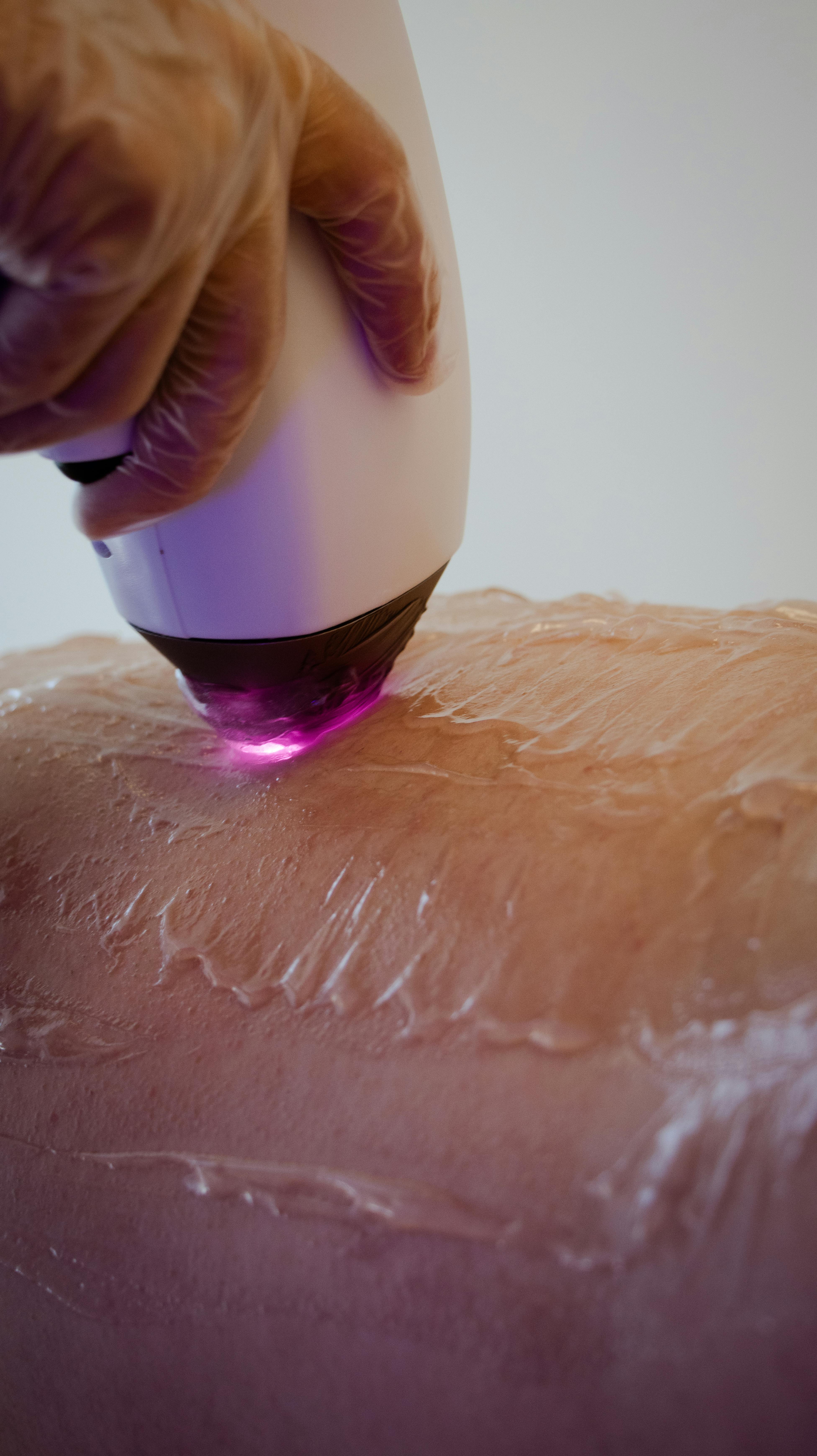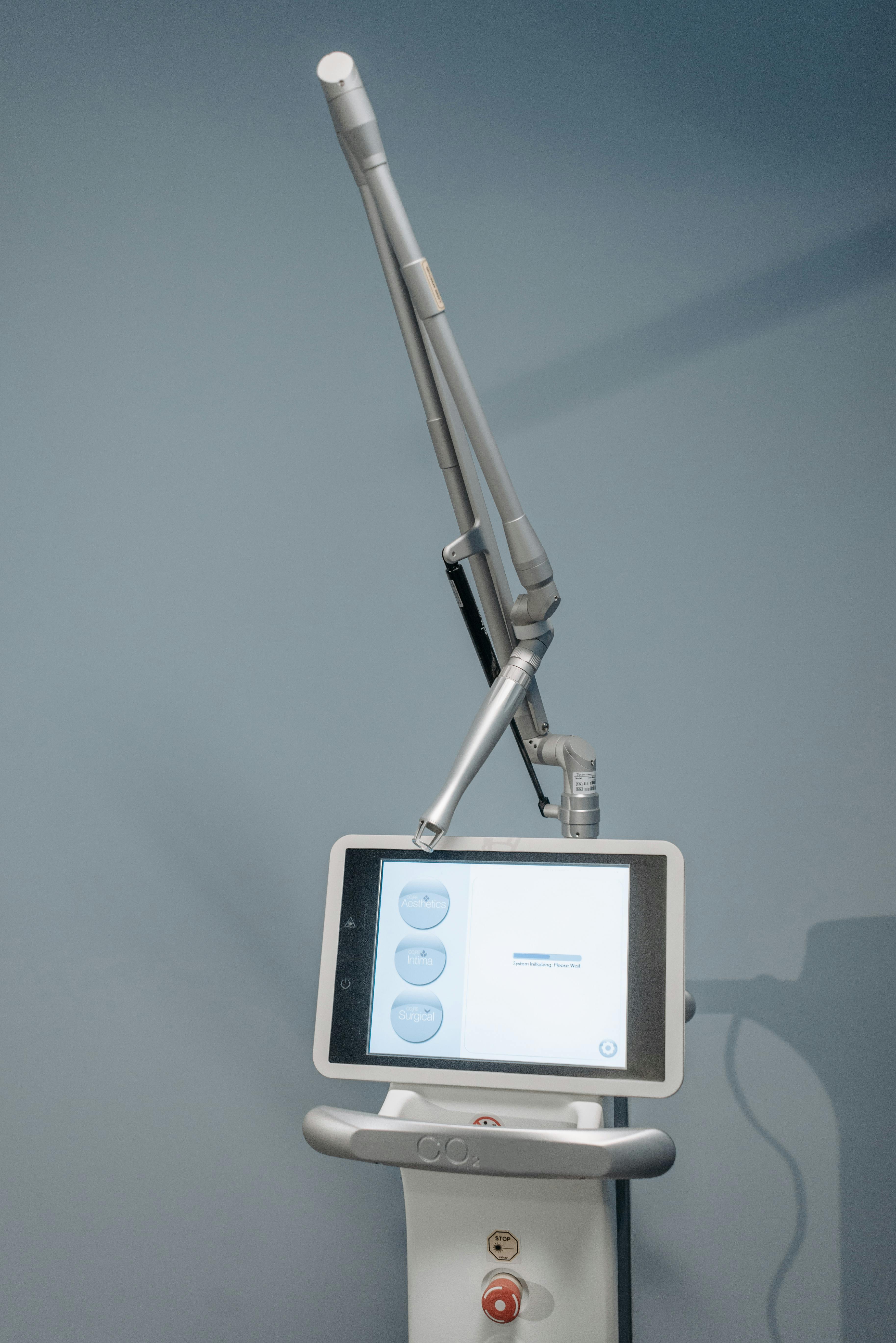What are the unique selling points of your hair removal laser machines?
- Coherent Semiconductor Chips: 755nm, 808nm, 940nm, and 1064nm wavelengths for versatile hair removal solutions.
- Integrated Optical Waveguide: Boosts effective power by 10% for enhanced performance.
- Gold-Tin Hard Solder Welding: Provides a high-duty cycle, superior heat resistance, and extended lifespan.
- Homogenized Optical Waveguide: Achieves up to 90% spot uniformity for consistent results.
- Thermal Management Technology: Protects the chip from overheating, preventing damage.
- Nitrogen Seal Waterproofing: Prevents condensation, extending the lifespan of the laser.
- Thermal Stress Control: Ensures exceptional reliability and durability of the laser system.
- Advanced Cooling Technology: Outperforms micro-channel and macro-channel systems for optimal heat dissipation.
How does spot size affect hair removal?
The spot size significantly impacts treatment efficiency. A larger spot size covers more area, reducing the number of sessions and total treatment time. For instance, increasing the spot size can cut the treatment time in half—what once took 60-90 minutes for full-body hair removal could be reduced to 30-45 minutes. This efficiency allows for an additional 2-3 clients per day during peak seasons, increasing revenue potential.
How can the machine’s effectiveness be proven?
To demonstrate a machine’s effectiveness, the following methods are commonly used:
- High Energy Demonstrations: Videos showing the machine igniting black paper can illustrate the power output (though this isn’t practical for actual hair removal due to discomfort).
- Pulling Long Hairs: While tweezing long hairs after treatment may show some effect, it’s not a true representation of the process.
- Before-and-After Documentation: Photos or videos of treatment areas can visually demonstrate results.
- Energy Output Testing: Professional equipment can measure and verify the machine’s energy levels.
- Clinical Feedback: Insights from experienced professionals or doctors offer valuable context.
For optimal results, clinical professionals typically recommend parameters such as:
- 1000W laser, 10Hz, 10ms, 10J/cm²
- 600W laser, 10Hz, 30ms, 12J/cm²
It’s essential to note that while a larger spot size can be beneficial, it must be supported by sufficient power for effective results. Typically, a 1cm² spot requires at least 500W for optimal performance. Lower-end machines may offer spot sizes with energy outputs between 150-300W, which can still work, but with less effective results.
For high-power systems, we offer performance guarantees, even when compared to leading European, American, Japanese, and Korean brands. If the machine doesn’t meet expectations, a refund is available.
How many sessions are needed for different body parts, and when do hairs begin to fall out?
The number of sessions required depends on factors such as skin color, hair thickness, hair color, and growth cycle, rather than specific body areas. Typically, 3-5 sessions are required for full-body hair removal. Post-treatment, the skin may be sensitive, so sun protection is advised.
Treatment cycles and pricing can vary, and specific details should be obtained from the service provider. Treatment for nose hair is possible with specialized attachments. The length of treatment cycles and their effectiveness depend on the factors mentioned earlier. Following the aftercare instructions provided by the practitioner is essential.
What is SHR, and how does it work?
SHR (Super Hair Removal) is a fast hair removal mode operating at 10Hz. It allows for an adjustable repetition rate between 1-10Hz, offering flexibility. The latest 808nm SHR program includes an algorithm that calculates treatment time based on the treatment area, energy density, and other factors, ensuring even and efficient coverage. Unlike traditional treatments that involve handpiece sliding, SHR optimizes treatment consistency and comfort for clients.
Is your diode laser a true 3-wavelength system, and which wavelength is best for hair removal?
Our diode laser system can be customized for true 3-wavelength configurations, but most commonly, we use a combination of 795nm and 808nm wavelengths. True 755nm diode lasers are rare and costly, with many systems using 795nm to simulate 755nm, 808nm, and sometimes 1064nm (although 1064nm is rarely utilized). The best configuration depends on factors like availability, budget, and client needs. The 795nm+808nm combination offers a cost-effective and efficient solution for most clients.
What are common maintenance issues?
Maintenance for our products is generally minimal. Early models may experience occasional temperature warnings, which have been resolved with upgraded cooling systems. Diode lasers are robust, and issues like overheating are typically caused by water quality problems or clogs. Regular maintenance ensures optimal performance and longevity.


Unleashing the Power of Fractional CO2 Laser: A Revolutionary Beauty Device
In the dynamic and rapidly advancing field of beauty technology, the Fractional CO2 Laser has emerged as a groundbreaking innovation, transforming the landscape of skin rejuvenation and resurfacing treatments. This state-of-the-art device has captured the spotlight in the beauty industry for its exceptional precision and effectiveness in addressing a wide array of skin concerns. In this article, we explore the science, benefits, and versatile applications of the Fractional CO2 Laser, positioning it as an essential tool for businesses within the beauty and aesthetics industry.
Understanding the Fractional CO2 Laser
The Fractional CO2 Laser is a highly sophisticated aesthetic device that uses carbon dioxide (CO2) as its laser medium to deliver targeted thermal energy into the skin. Unlike traditional ablative lasers, this fractional technology creates a pattern of microthermal treatment zones, while leaving the surrounding tissue intact. By treating only a fraction of the skin’s surface, it promotes faster healing and significantly reduces downtime, making it an ideal solution for a variety of aesthetic procedures.